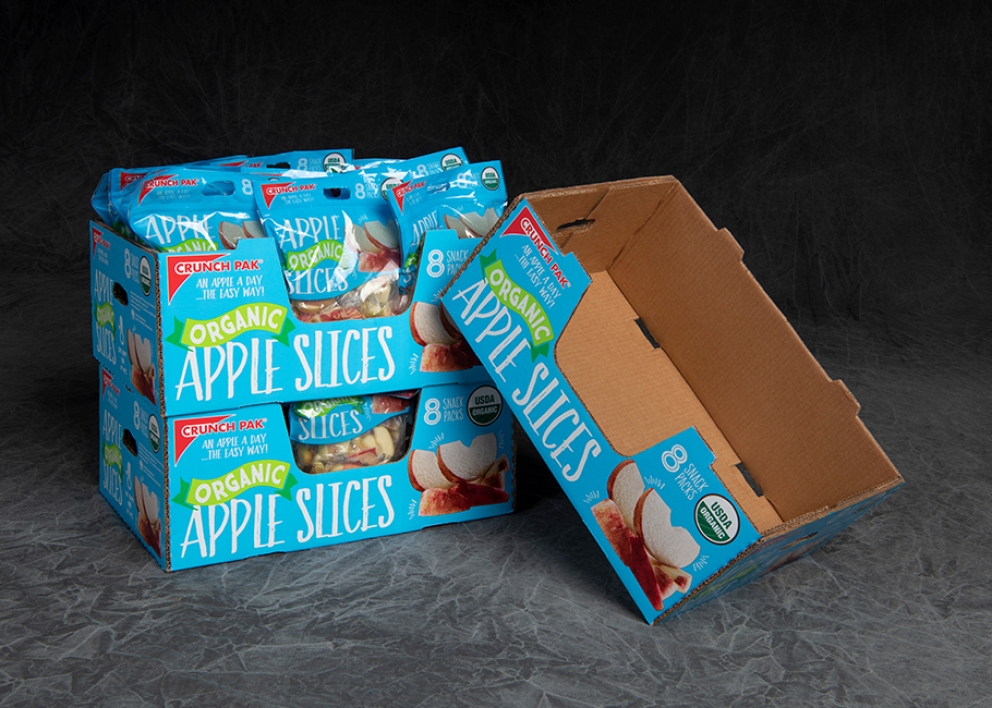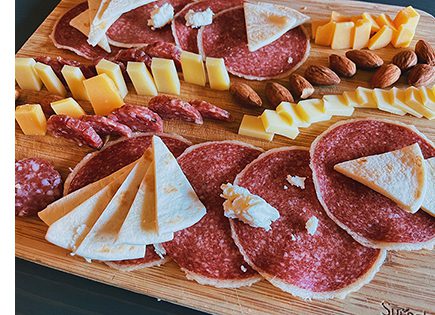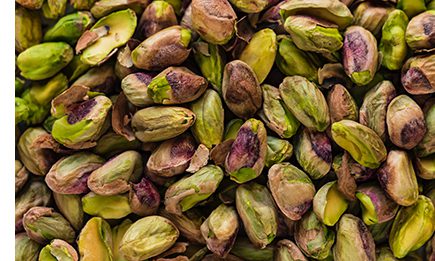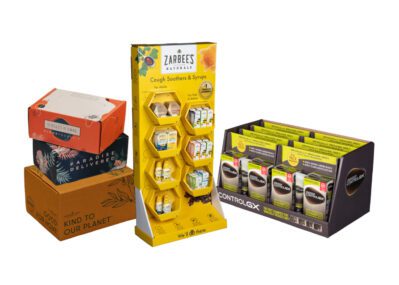
The numbers tell the story—the United States’ appetite for snacking has grown considerably since the COVID-19 pandemic began more than a year ago.
A recent Harris Poll conducted in conjunction with Mondelez International, maker of more than 150 global snack brands, revealed a change in eating habits, and snacking plays a key role. Nearly half of adults (46%) say they are snacking more during the pandemic. Plus, remote work at home has changed the way we eat, with 70% of millennials preferring snacking to meals. Foodprocessing.com adds that the COVID crisis has impacted snack food trends in two specific ways—more time at home means more snacking, but a healthier lifestyle is also top of mind.
Here are some other major snack category trends that have emerged:
Start-Ups Grow, Legacy Companies Consolidate
In addition to the shift in consumer eating habits, the industry has also seen these macro trends emerge:
- The number of snack manufacturers has shrunk as larger, established companies have gobbled up some of the smaller, niche businesses.
- Similar to the craft beer industry, there’s been an explosion of start-up companies, many focused on producing healthier snack options.
“There’s a big arena for new, successful start-ups,” says PCA’s Charlie Kennedy, who is also a past board member of SNAC International. “Some have grown very quickly over the past year and have consolidated with the industry’s major players.”
David Walsh, Vice President of Membership and Communications for SNAC International, believes there is room for growth in the category, even post-pandemic. “We expect emerging brands to establish multi-category and multi-flavor options. There’s a great growth opportunity, and we expect to see more entrants into the category.”
Snack options will grow as new start-ups enter the category to meet consumer demand. Sally Lyons Wyatt, Executive Vice President and Practice Leader for Client Insights with IRI, confirmed this during an appearance on the SNAC Cast podcast. “Snacks are where it’s at—consumers are eating either smaller portions throughout the day or eating three meals and snacking. And in some cases, they’re blurring their occasions where a snack is a meal and a meal is a snack,” she says.
“Better-for-You” Choices Expand
In the past, snacking was associated with indulgence, but not as much anymore. One of the key consumer snack trends is making better choices.

According to ingredients provider ADM, 31% of people are buying snacks focused on health, with 50% preferring snacks featuring beneficial ingredients. Walsh confirms those findings, pointing out that consumer demand is high for snacks that are:
- high in fiber and protein
- low in carbs
- made from whole grains
- calcium fortified
- gluten free
- rich in vitamins, minerals, antioxidants, probiotics or collagen
- and most of all, great in taste
Walsh says the biggest driver of healthier snacks in 2020 was baked apple chips with all fruit-based chips growing well. Other top sellers included non-traditional vegetable-based savory snacks (including those with cheese), protein meat snacks, pork rinds, popcorn and pretzels.
“There is a delicate balance between consumers’ overall quest for healthier living and the need for enjoyment,” Lyons Wyatt says. “Manufacturers must understand where consumers are willing to indulge and focus on developing products that don’t completely derail dietary improvement efforts.”
It’s All About Sustainable Packaging
Last year, consumers demanded more than just great products. They also pushed for companies to be responsible corporate citizens in everything from social responsibility to sustainability. And companies are responding.
For example, General Mills is introducing Nature Valley Crunchy granola bars with completely recyclable wrappers that consumers actually bring to How2Recyle centers located in grocery stores.
Additionally, pre-filled displays made with recyclable materials help reduce retail labor needed for setup and dismantle. They are often designed to remain on the pallet (full, half or quarter) and placed on the retail floor.
Snack Purchases Grow Offline and Online
Online sales of snacks jumped dramatically during the pandemic (39% vs. 20%). It is expected that more people will buy online, even after the pandemic (28% vs. 20%). However, the reality is that more people still shop in stores for snacks.

“Most folks still are buying products locally,” says Judson Gibbs, a PCA packaging designer. “Consumer behavior has shifted toward delivery-oriented options or store pickup, and some of these things will stick.”
For those consumers, the buying decision isn’t based on what they see in front of them on the shelf. During the pandemic, it was based on availability. That’s one reason club membership retailers such as Costco and Sam’s Club have seen tremendous growth in both larger packages and variety snack packs.
“Many consumers are buying in bulk because they are reducing the number of trips to the store,” Gibbs says. “The club store industry stands to benefit the most from this. Maybe you didn’t have a club membership before the pandemic, but if that was the only place you could get toilet paper, you begin to realize there are some great values in all categories, including snacks.”
While e-commerce food purchases will continue to grow, the snack category will grow both in-store and online.“ Omnichannel marketing (which provides a seamless consumer experience across all marketing channels) is probably going to be more important for snack companies,” Walsh says. “It’s unifying some of the in-store practices with the online advantages of e-commerce and social media.”
The Lines Between Mealtime and Snack Time Have Blurred
For many, snacking on the go has been replaced by snacking at home. Interestingly, multiple studies indicate younger Americans—especially Gen Z and Millennials—have taken it a step further. Snacks have actually replaced meals. Walsh cites these facts:
- 90% of people snack multiple times daily
- 7% eat no meals
- 92% replace one weekly meal with snacks
“A lot of these younger people aren’t eating three square meals a day,” Walsh says. “They are eating five or six smaller meals, and many are snacks.”
These trends are likely to grow as people return to a more mobile lifestyle.
Beyond the Pandemic
Consumers have been seeking normalcy with familiar comfort foods, and snacks have filled this role. It was the second largest growth category (behind personal care) during the pandemic.
The Harris-Mondelez poll expects snacking to be part of the “new normal.” Ultimately, 65% surveyed believe “the current pandemic will have a long-term impact on how we consume snacks as a society.”
Walsh predicts the snack category will continue to grow, benefiting from pent-up demand. “It will be interesting to see which of these mini-trends that have come out of the COVID era stick and which ones will go back to the way things were,” he says. “As consumers gradually get back out there with more mobile lifestyles, some of the convenience-sized, single-serve packaging will take off.”
With snack cravings here to stay, Packaging Corporation of America (PCA) is prepared with snack packaging options that make it easier to put products into consumers’ hands—no matter if they buy it in-store or online.
Learn more about food and beverage packaging or complete the form below to contact us.


